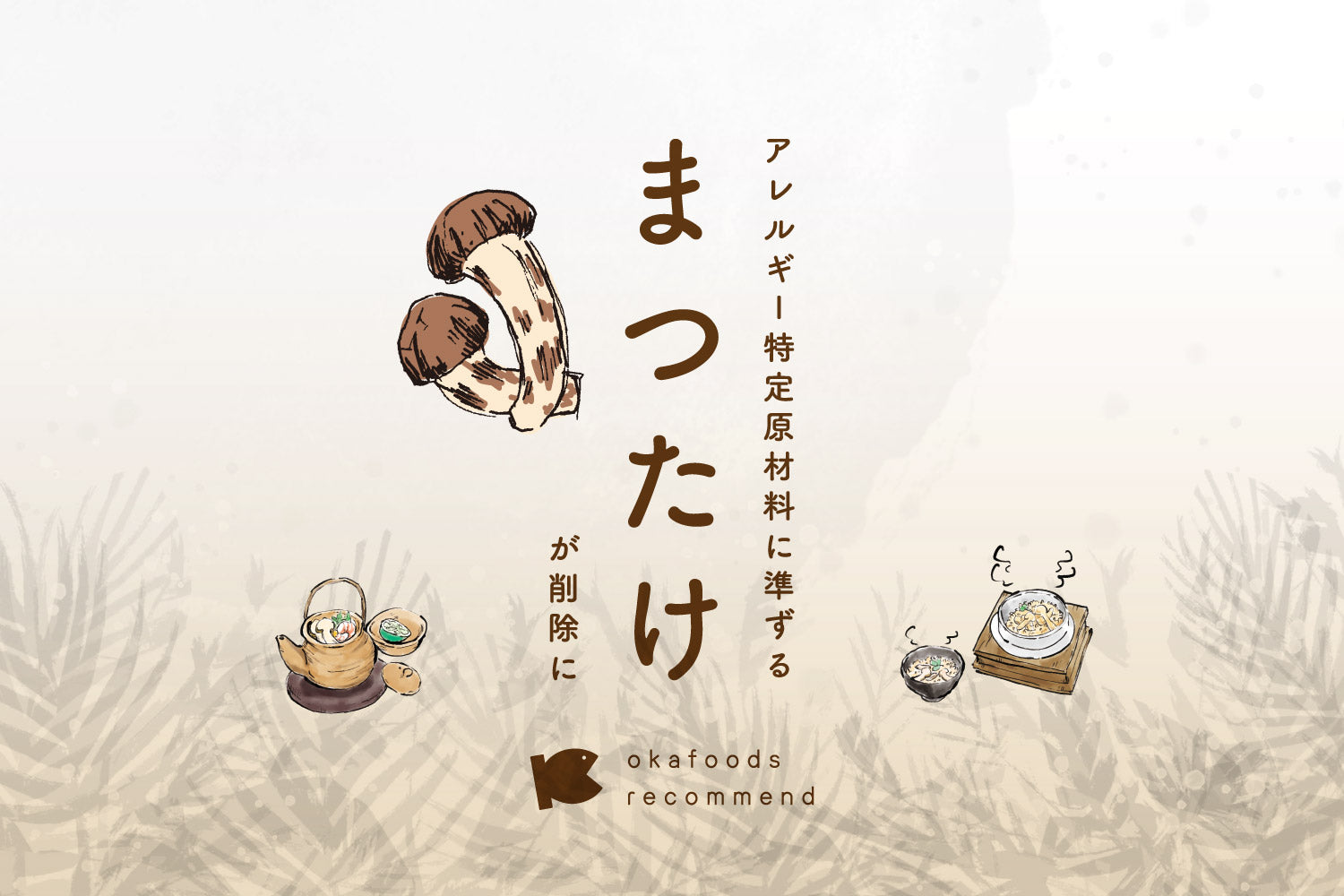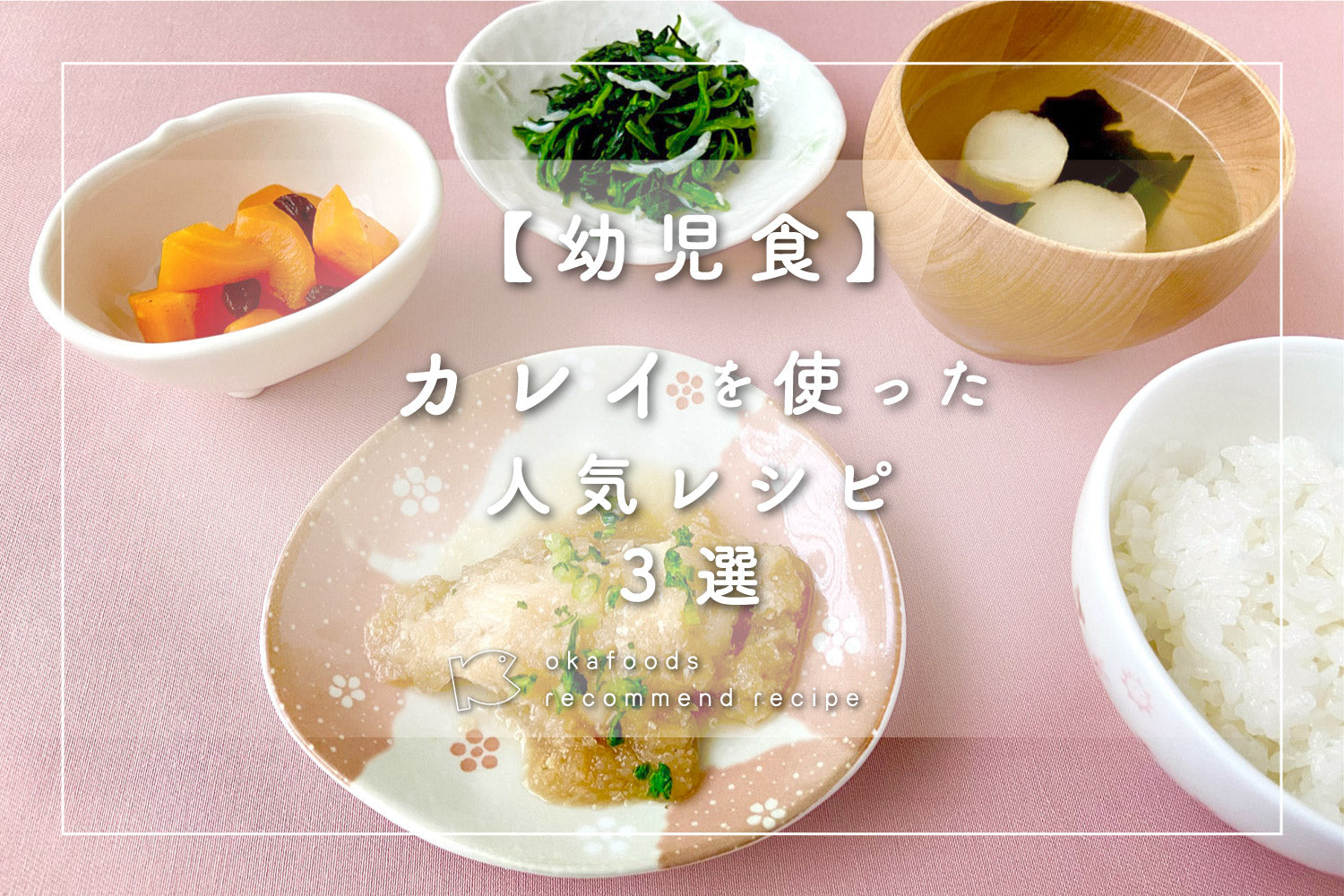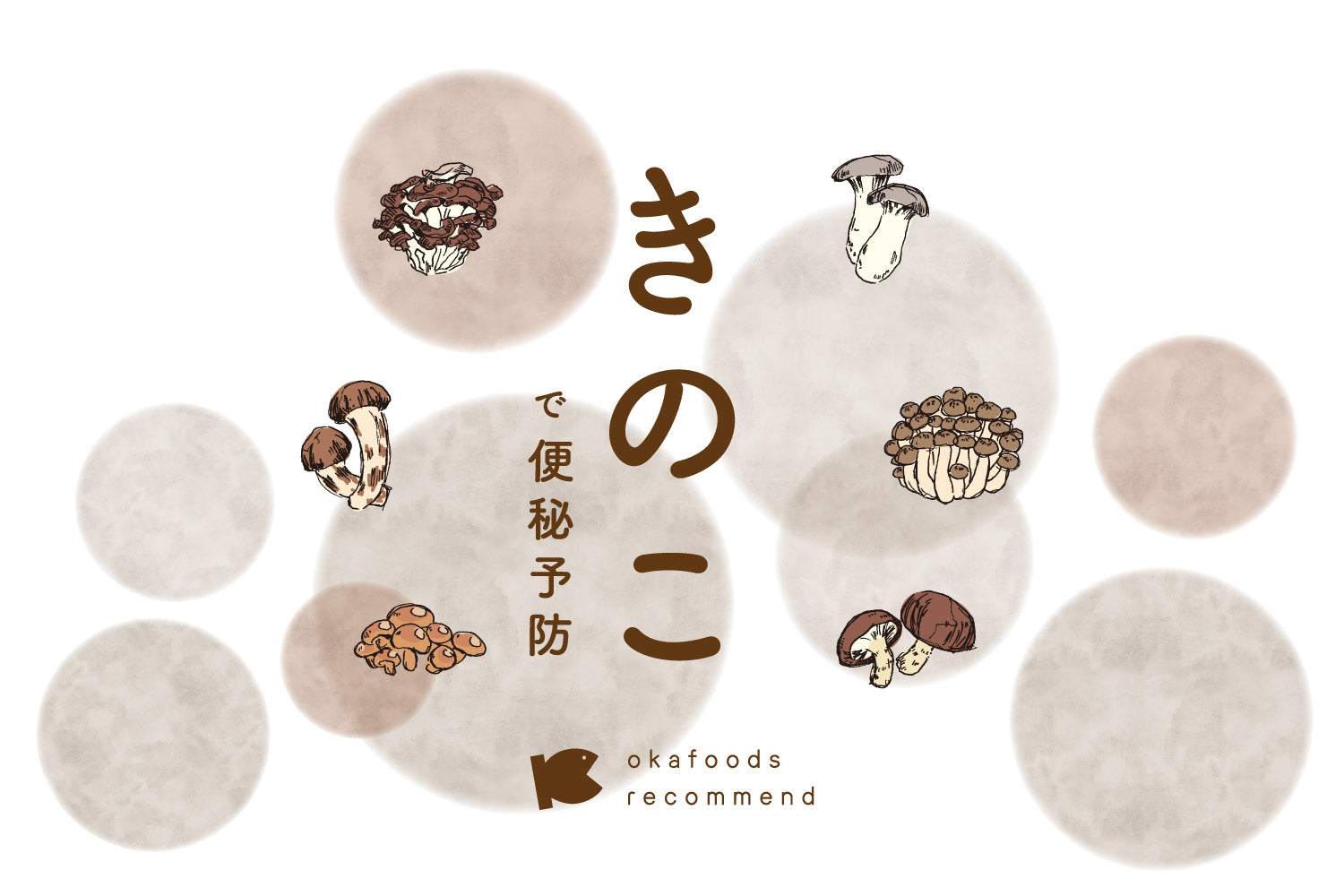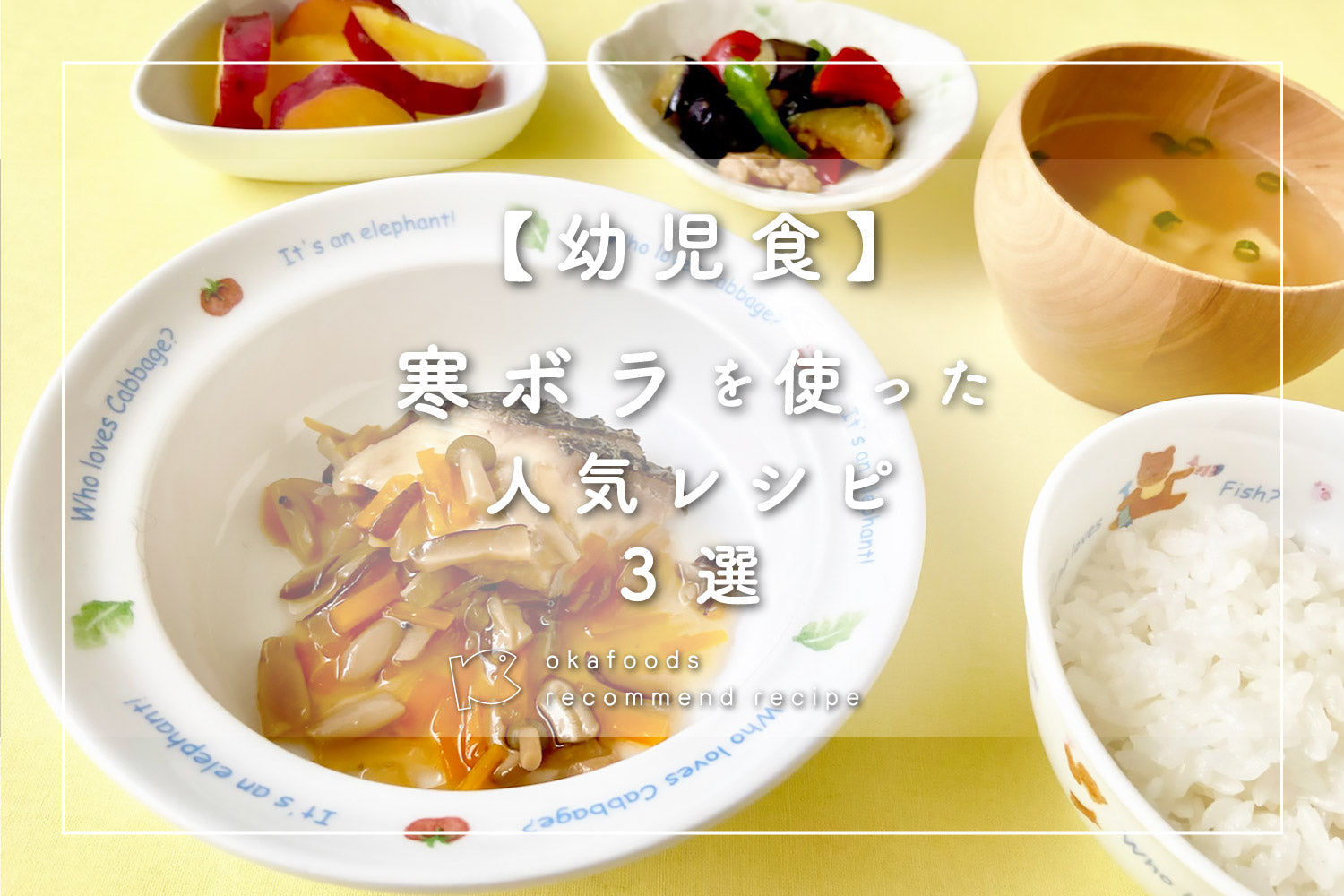The difference between boneless and boneless
Such fish are commonly called "boneless fish."
Some people think that "boneless fish" refers to fish that have been bred to be naturally boneless, like seedless grapes, right? However, boneless fish are actually made by removing the bones one by one from regular fish.
Oka Foods sells all of these boneless fish as "boneless fish."
For this reason, we are sometimes asked by customers, "What is the difference between boneless fish and boneless fish?", but they are basically the same thing.
So how do they remove the bones from Okafoods' "boneless fish"? We will introduce you to the actual manufacturing process of "boneless fish" at our production plant.
┃The manufacturing process of "boneless fish"

Raw material thawing and processing process
Oka Foods uses a variety of ingredients caught all over the world, but we only source traceable ingredients. The ingredients are frozen immediately after being caught and transported to the production factory under strict temperature control. At the factory, the ingredients are first thawed and the scales, internal organs, fins, etc. are removed one by one.

Three-piece wholesale process
The processed fish is thoroughly washed and filleted by hand. At this stage, most of the bones, such as the backbone, belly bones, and fin bones, are removed.

Pin bone removal process
Fish have small bones called pinbones. At Oka Foods, we carefully remove the pinbones one by one by hand. Recently, there are machines that can remove small bones, but depending on the size of the fish and the thickness of the flesh, some will inevitably be left behind. Human work is still far more accurate than machines.

X-ray inspection process
Even with careful human work, there is no 100% removal rate. That's why we use X-rays to inspect fish for any bones remaining, just like X-rays for humans. Each fish is projected onto a screen and then inspected by human eyes, one by one, for any bones remaining. We utilize the bone-detecting capabilities of X-rays to regularly analyze any remaining bones found from various angles, such as the person, the fish, the part of the body, and the time of day, in order to improve our bone removal technology.

fillet process
The fillets are carefully deboned and then frozen before being cut into fillets. Each fillet is then weighed to ensure there is no variation in weight.

Bagging process
The fillets are first frozen, then carefully packed one by one.

Inspection and packaging process
Each bag of product is inspected with a metal detector to ensure there are no foreign objects inside, before being boxed and shipped to Japan.
┃Why does Okafoods use boneless fish?
As already explained, there is no difference between "boneless fish" and "boneless fish" in that they are fish with bones that have had the bones carefully removed one by one.
However, Okafoods has insisted on calling it "boneless fish" from the beginning. This is because boneless fish are not born without bones like seedless grapes, but are made by carefully "removing" the bones one by one by hand.
However, when it is done by hand, 100% accuracy is almost impossible, and some kind of mistake or malfunction will occur. It is also extremely difficult to remove 100% of the fine bones during the bone removal process.
Oka Foods has achieved Six Sigma in residual bones (removed bones) (reducing the probability of errors or defective products to 3.4 in 1 million or less), and has set the ambitious goal of a "remaining bone rate of 0" and continues to carry out quality improvement activities on a daily basis. Of course, we are also confident in our low residual bone rate.
Oka Foods' insistence on using "boneless fish" rather than "boneless fish" comes from our desire to ensure that customers understand the true nature of fish and our efforts to improve quality, and that they can use our products safely and with peace of mind.
Okafoods' popular boneless and boneless fish products

Plus mackerel fillet 60g (bone removed)
This mackerel is made with rich, fatty mackerel caught in the freezing Atlantic Ocean in winter. It boasts a juicy texture that doesn't harden even when cooled!

Plus Spanish mackerel fillet 60g (bone removed)
Sawara is a food culture found in Western Japan, but is now popular all over the country. We use carefully selected fatty sawara, so we are proud of the tender texture of the meat!

Plus Horse Mackerel Fillet 60g (Boneless)
This is a large horse mackerel caught off the coast of New Zealand. The catch is stable and the price is reasonable. Its flavor is further enhanced by being pickled in miso or koji.
Click here for products
Plus 60g yellowtail fillet (bone removed)
Yellowtail is a familiar fish to Japanese people, regardless of region, as a representative of the fish that grows with age. It is perfect not only in the classic teriyaki or salt-grilled dishes, but also in simmered dishes.
Click here for products









